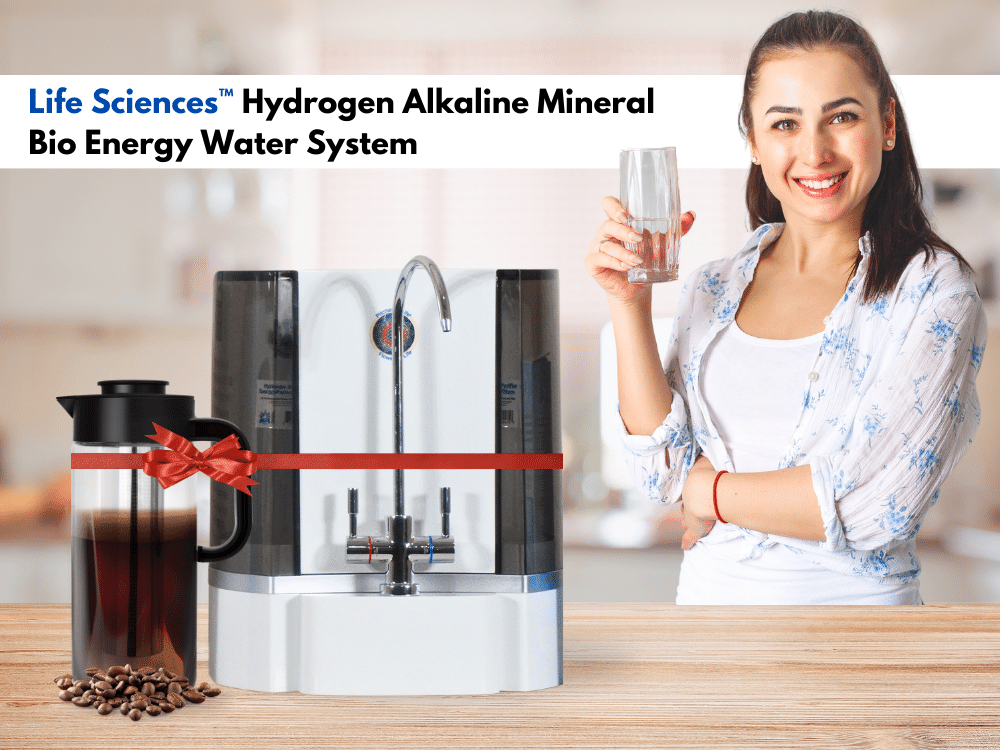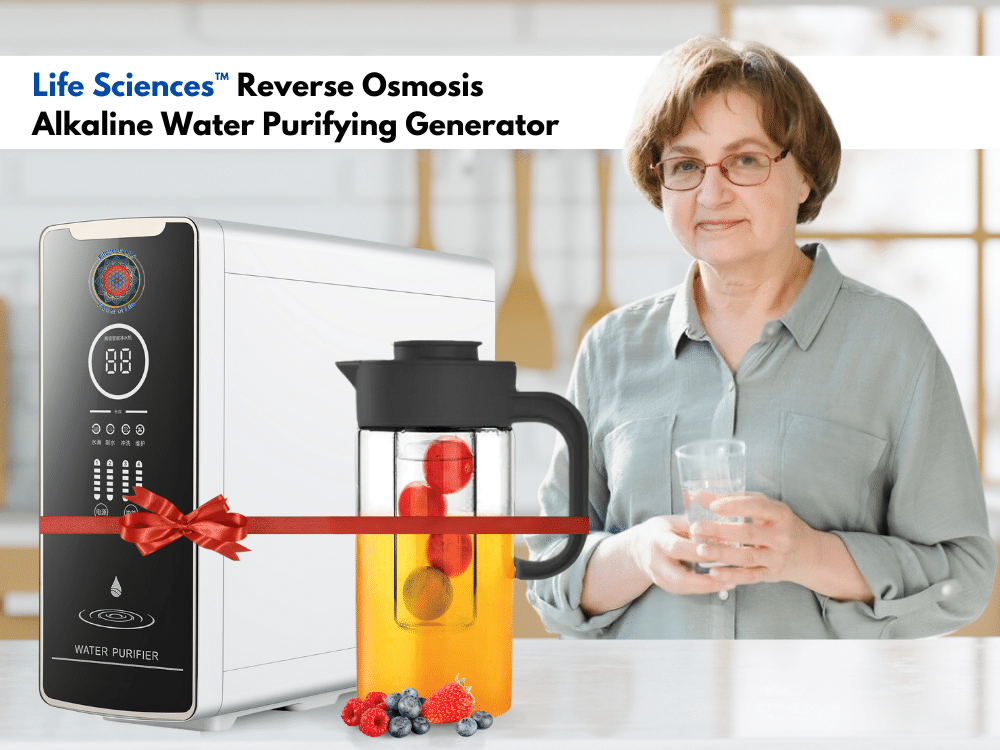Introduction
Plastic, an inescapable facet of contemporary life, delivers convenience but also triggers environmental havoc. In a groundbreaking investigation, researchers have delved into the disconcerting surge in the accumulation of microplastics in discarded placentas from pregnancies in Hawaiʻi over the past 15 years. This study illuminates Pacific Island residents’ vulnerability to plastic pollution and introduces an innovative approach to environmental monitoring utilizing human tissues.
Plastic Proliferation and Environmental Consequences
Global plastic production has increased staggeringly, with a significant chunk ending up as waste, contributing to both macro- and microplastic pollution. This environmental crisis negatively impacts climate change, marine ecosystems, and public health. Recent reports revealing the presence of microplastics in human tissues, including the reproductive system, underscore the imperative of comprehending plastic’s impact on health.
The Unique Role of Placenta in Microplastic Surveillance
The human placenta, a transient organ during pregnancy that shields the fetus, has been posited as a biosensor for the perinatal environment. Employing Raman spectroscopy, the study aimed to gauge temporal exposure to MP pollution in Hawaii. It focused on alterations in size and chemical composition over two decades.
Methodology and Disturbing Revelations
By retrieving archived placental samples from the Hawaiʻi Reproductive Biospecimen Repository, researchers observed a substantial surge in the frequency of placentas containing microplastics over time: 60% in 2006, 90% in 2013, and 100% in 2021. The count of microplastics per 50g of placental tissue also increased, reaching statistical significance between 2021 and preceding years.
Implications and Concerns
The findings underscore the urgency of tackling the mounting problem of microplastic contamination, particularly in regions like Hawaiʻi with unique coastal ecosystems. The study’s ramifications extend to underrepresented Native Hawaiʻian and Pacific Islander populations. The presence of endocrine-disrupting chemicals in microplastics within human placentas raises apprehensions about potential health effects on both mothers and fetuses.
Water Pollution and Microplastics
The study’s revelations emphasize the necessity for a comprehensive grasp of water quality, acknowledging its pivotal role in exposure and accumulation of microplastics in living organisms. These minuscule plastic particles, usually measuring under 5 millimeters, have been identified in tap water sources globally.
This includes the disintegration of large plastic debris, the release of microplastic fibers from textiles, and the attrition of plastic components in water distribution systems. Moreover, runoff from urban areas and industrial processes can introduce microplastics into water sources that eventually find their way into the tap water supply.
Enhanced wastewater treatment processes can thwart microplastic release into water bodies, diminishing their presence in the water supply. Additionally, advancements in water purification technologies, such as activated carbon and reverse osmosis, can eliminate microplastics from tap water.

Introducing the Life Sciences™ Hydrogen Alkaline Mineral Bio Energy Water System
Elevate your tap water quality with our advanced 5-filter purification system, meticulously designed for microplastic removal. Our holistic solution ensures your water is devoid of impurities, heavy metals, and harmful chemicals, offering a healthier and safer hydration option. The coconut-activated carbon filter integrated into our system plays a pivotal role in efficiently eliminating microplastics, contributing to tap water purity.
Experience the advantages of clean and mineral-rich water – explore our exclusive “Manufacturer to You Pricing” for only $297 by visiting the provided link. Upgrade your water quality and embrace a healthier lifestyle with Life Sciences™.

Introducing the Life Sciences™ Reverse Osmosis Alkaline Water Purifying Generator
A groundbreaking tankless solution that elevates your water purification needs while addressing microplastics. Our advanced tankless technology and premium-quality reverse osmosis work seamlessly to purify water, removing up to 98% of contaminants, including harmful microplastics.
With a focus on water purity, our system features five specialized filters that surpass chlorine byproducts and heavy metals removal – it also ensures microplastic elimination. This innovative device transforms ordinary water into mineralized alkaline water, offering numerous benefits while safeguarding against microplastic contamination risks.
Invest in your water’s health and take a significant step towards reducing microplastics. Click [here] to learn more about our exclusive “Manufacturer to You Pricing” of only $597 and make the best choice for pure, alkaline, and microplastic-free water.
Conclusion
This study builds a compelling case for heightened awareness and prompt action to mitigate microplastic pollution on human health, particularly in vulnerable coastal communities. Human placental tissues as a monitoring system provide a fresh perspective on plastic pollution. This urges a reevaluation of plastic consumption and waste management practices.
Visit our website, Life Water Report, to explore our advanced water purification systems and solutions. Elevate your water quality and embrace a healthier lifestyle. To discover our exclusive “Manufacturer to You Pricing” and make the best investment in pure, Alkaline Water. Your journey to superior water quality starts now!
